Healthy Japanese Sweets To Keep An Eye Out For
High In Fiber, Low in Calories And Still Super Delicious
Who said you should give up sweets when you're on a diet?!
When I first moved to Japan, I was concerned about my weight gain. Desserts are always on my mind, and Japanese cafes and department store food emporiums make them hard to ignore. To my pleasant surprise, I found a variety of healthy Japanese sweets low in calories and fat.
The desserts I’ll share with you here do contain sugar (they are desserts, after all). However, the ingredients used in these desserts have amazing health benefits. These range from lowering the impact of sugar on your blood sugar levels to improving your digestion. What a win!
Here are seven ingredients and common desserts made with them to keep an eye out for if you’re health-conscious.
Kanten (寒天)
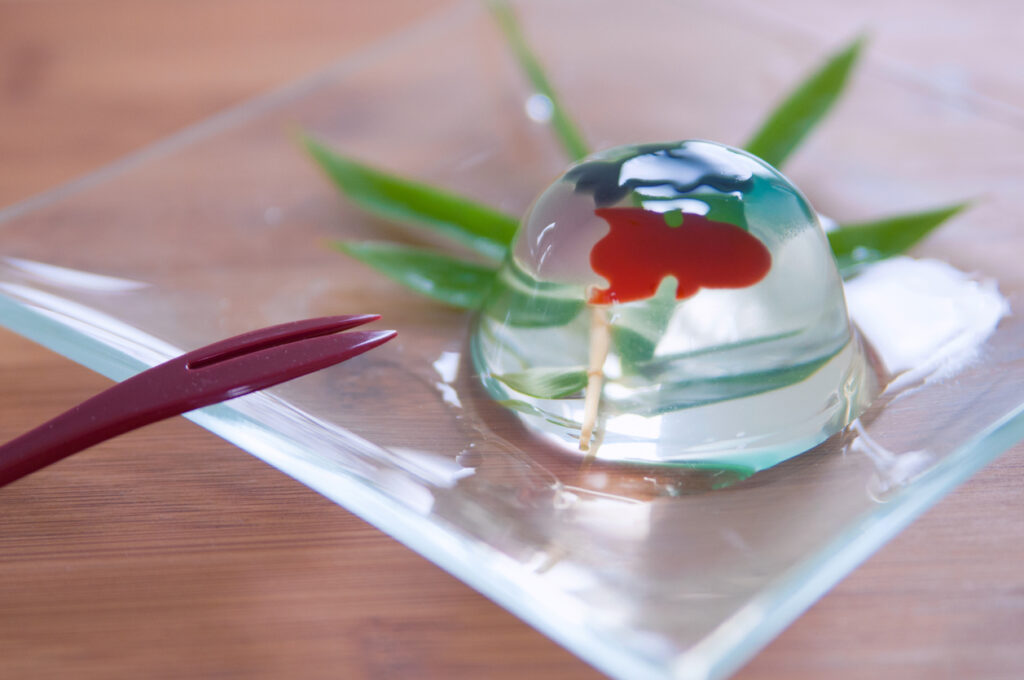 © Photo by iStock: karinsasaki
© Photo by iStock: karinsasakiKanten, also known as agar, is a hardening agent used to make jellos. This calorie-free seaweed is clear in color, high in fiber and contains calcium and iron. Japanese women love to eat this when they’re looking to shed some weight but still have a sweet tooth since it’s filling, calorie-free and tasty. You can find kanten in fruit jellos or in traditional Japanese sweets such as yokan (羊羹), which is a jello made with red bean paste. This article has a few recipes for making your own kanten coffee jelly, matcha soy milk pudding and blueberry rose jelly.
Kuzu (くず)
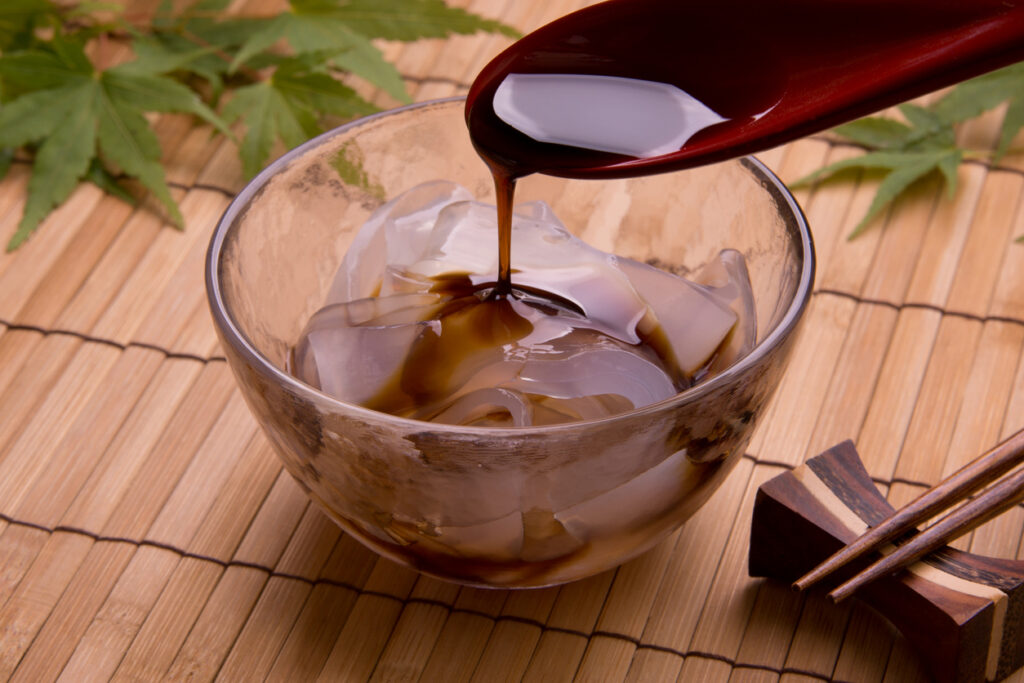 © Photo by iStock: Promo_Link
© Photo by iStock: Promo_LinkKuzu is an amazing thickening agent that’s high in fiber. It’s also known to reduce high blood pressure, regulate blood sugar and relieve tension such as in migraines and muscle cramps. One of the most common Japanese desserts using kuzu is called kuzukiri (くずきり) and looks like long clear noodles dipped in a cold sweet “soup.” It’s another filling dessert that’s amazing for your digestive system.
Simple kuzukiri desserts are available in most convenience stores and Japanese-style cafes. Kuzu is also used in some puddings, giving them a nice thick texture.
Black Sesame (黒ごま)
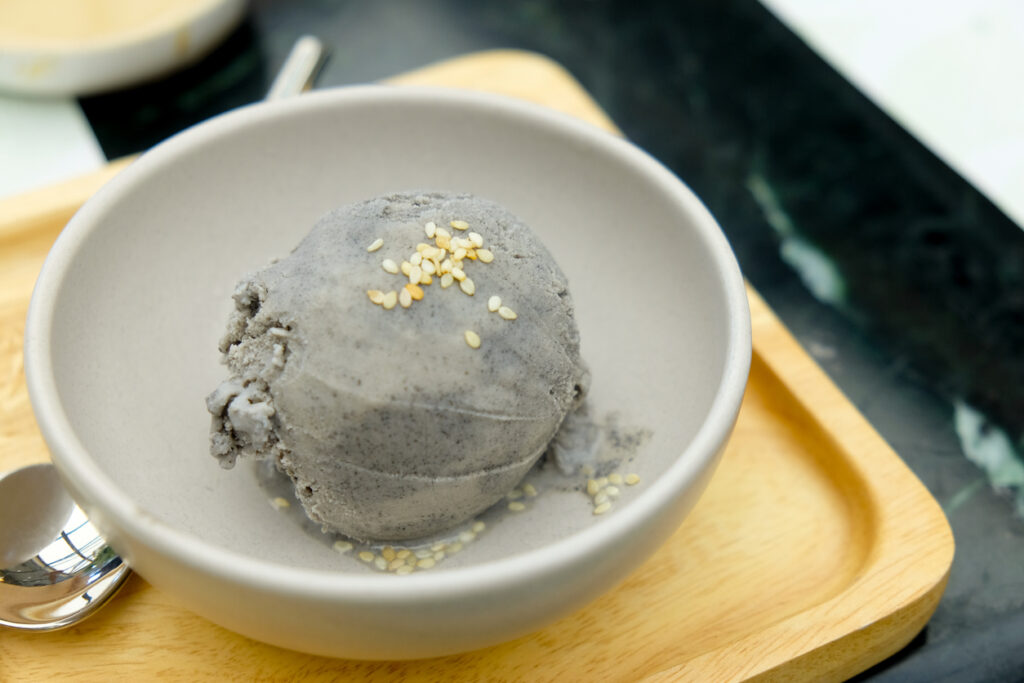 © Photo by iStock: dontree_m
© Photo by iStock: dontree_mAnother amazing ingredient that many consider a superfood is black sesame. In Eastern holistic health, black sesame seeds are considered warming to the body, which is really important for healthy blood circulation. They’re also high in fiber, vitamin B, iron and magnesium.
If you see black sesame ice cream as an option at the parlor, definitely give it a try. It has a wonderful “nutty” taste that counterbalances the sweetness of the ice cream. Plus, since ice cream is cold, it’s great to have some warming properties from the sesame seeds themselves. As for more Japanese sweets, you’ll find black sesame in puddings—another delight with a great texture.
Azuki Beans (あずき豆)
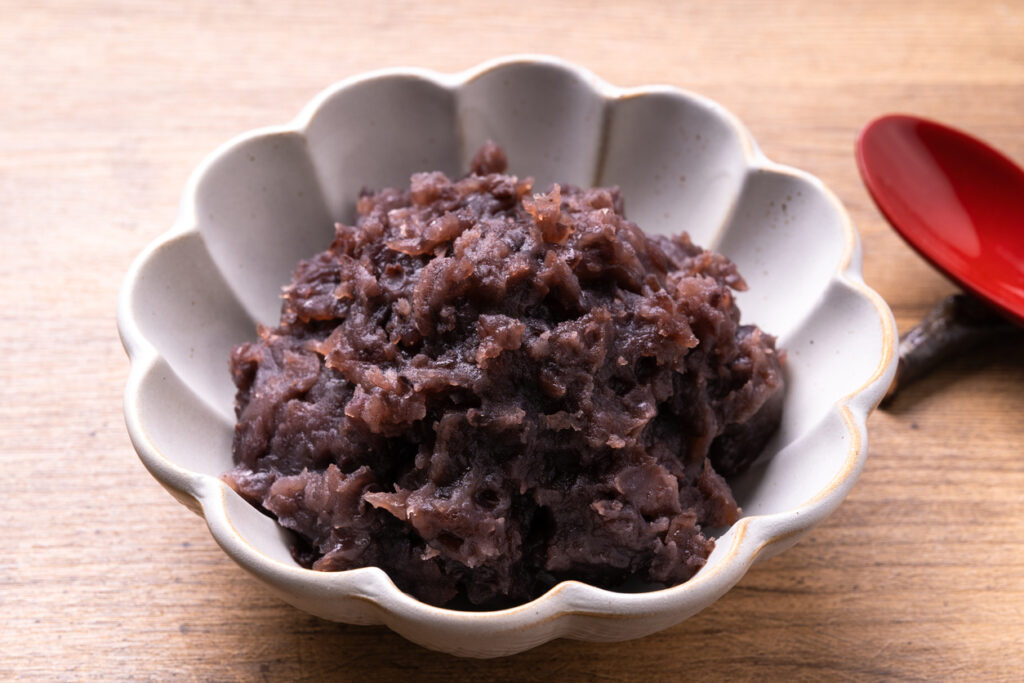 © Photo by iStock: Promo_Link
© Photo by iStock: Promo_LinkWe can’t have a list of healthy desserts in Japan without including azuki beans! These red beans are a Japanese favorite. They are high in fiber and low in calories, so they really fill you up. The beans are also high in protein, which helps slow down sugar absorption so you aren’t left with a big spike in blood sugar. Azuki beans are found in many traditional desserts, especially daifuku (大福) which is a round soft ball of mochi (pounded rice) filled with red bean paste. You can typically choose between tsubuan (where not all beans are blended) or koshian (where the bean paste is smooth).
Yomogi (蓬)
 © Photo by iStock: Promo_Link
© Photo by iStock: Promo_LinkIf you want to improve your health one step further when looking for a mochi or daifuku to try, try the green-colored yomogi (Japanese mugwort) flavor (pictured above). This type of mochi is called kusamochi, which literally translates to “grass mochi.” Yomogi-flavored kusamochi can be enjoyed on its own, sweet or savory, and can be enjoyed in other sweets like hishimochi (diamond-shaped rice cake) eaten on Hinamatsuri (Girl’s Day), kashiwamochi (rice cake wrapped in Japanese oak leaves with sweet bean paste) eaten on Kodomo No Hi (Children’s Day).
Soybeans (大豆)
 © Photo by iStock: MielPhotos2008
© Photo by iStock: MielPhotos2008Soybeans are an amazing source of protein and fiber and have low cholesterol. They’re especially great if you’re looking for a dairy replacement. You’ll likely find controversial opinions on whether or not soy is truly healthy, but I personally find soy to be a good source of nutrition. Especially since Japanese soybeans are of better quality and have less processing than the ones feared in areas such as the US (the source of most controversy). As long as you’re using it as a dairy replacement, the options for tofu-based desserts in Japan are endless. Some of my favorites here in Japan are tofu puddings and soy cheesecakes.
Kinako (きな粉)
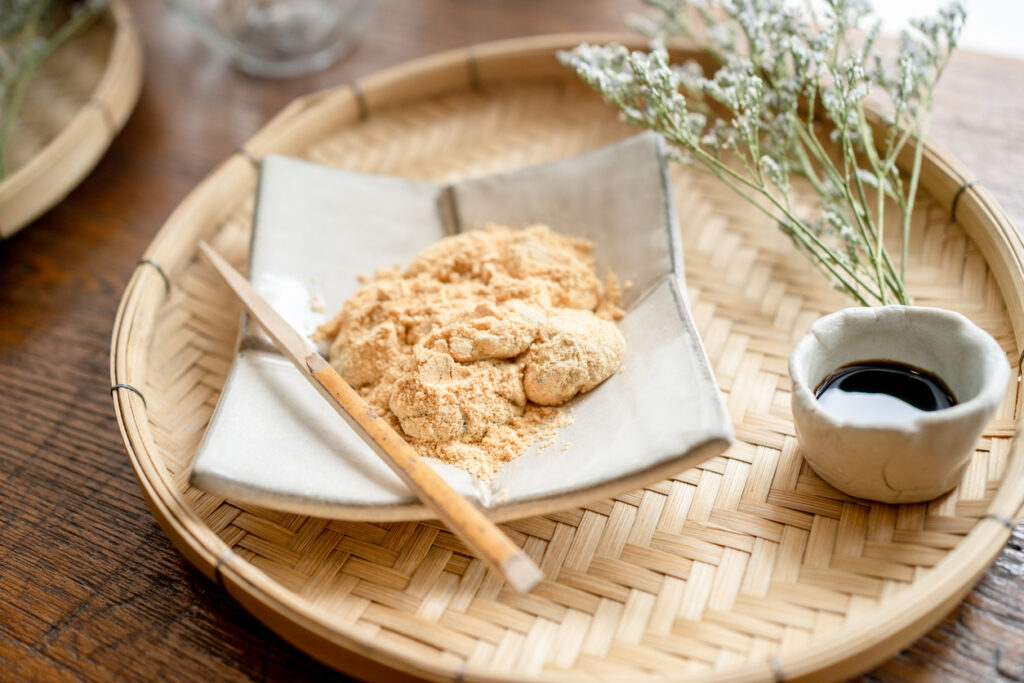 © Photo by iStock: Phira Phonruewiangphing
© Photo by iStock: Phira PhonruewiangphingLast but not least is kinako, a light brown colored powder made from soybeans. Of course, it has all the health benefits of soybeans, such as isoflavones, protein, fiber and calcium. It has a nutty flavor, and you’ll often find it sprinkled on top of Japanese desserts. You can even combine it with some other ingredients mentioned, such as kanten or kuzumochi, to get an extra punch of nutrition. It can be used as a topping on kakigori (shaved ice), yogurt and even toast if you wish!
If you’re looking to improve your health but can’t quite kick that sweet tooth just yet, then definitely look for desserts like these or use these ingredients to make your own healthy Japanese sweets.
Which of these healthy Japanese sweets and ingredients do you enjoy?












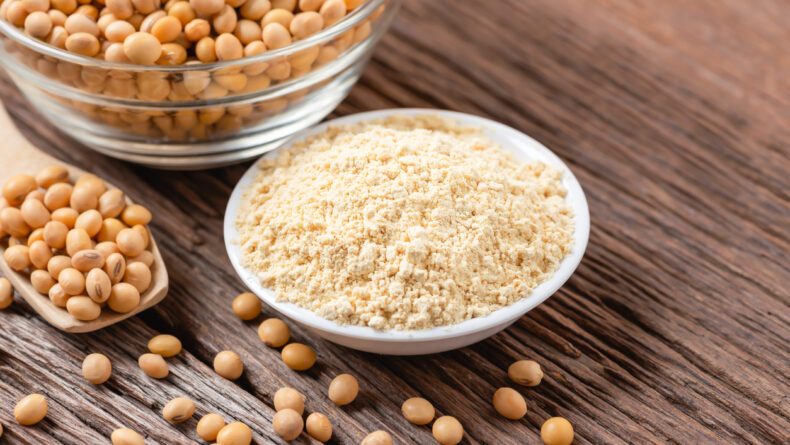

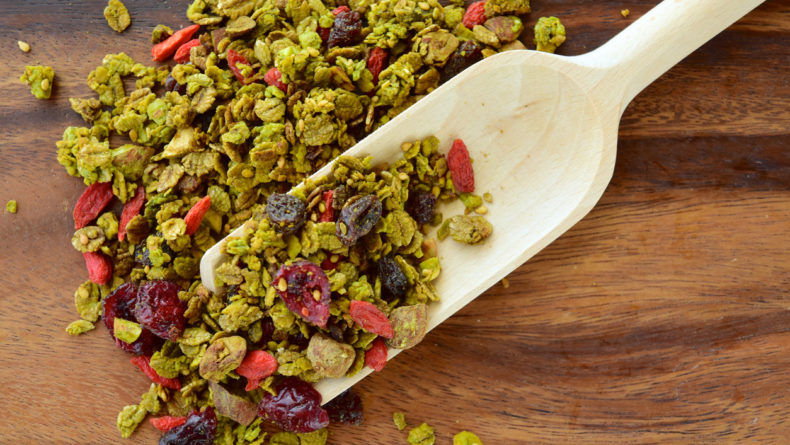
Leave a Reply